|
(L to R): Sparrow Field at Cochran Shoals CRNRA, by Gabe Andrle. Cochran Shoals CRNRA, by Adam Betuel. LeConte's Sparrow, by Adam Betuel. by Dottie Head, Director of Communications
Birds Georgia was recently awarded a Bill Terrell Avian Conservation Grant from the Georgia Ornithological Society (GOS) for a habitat restoration project that will restore riparian meadows and wildlife corridors along the Chattahoochee River. The restoration project will focus on restoring early successional habitat at the Cochran Shoals Unit of the Chattahoochee River National Recreation Area (CRNRA). “We’re excited to receive this generous grant from GOS to restore bird-friendly habitat at Cochran Shoals CRNRA,” says Adam Betuel, director of conservation for Birds Georgia. “The Cochran Shoals Unit is a popular birding spot because it includes a mix of microhabitats, including riparian meadow, riparian woodland, and beaver-maintained wetland, making it possible to see a wide array of birds throughout the year, but particularly during spring and fall migratory periods.” Part of the project will focus on restoring the “sparrow field,” a roughly seven-acre portion of the area that is known to host an array of sparrows, including notable species such as Grasshopper Sparrow, Henslow’s Sparrow, Clay-colored Sparrow, and LeConte’s Sparrow, among the more regular suite of species like Song Sparrows and Chipping Sparrows. Henslow’s and Grasshopper Sparrow are both listed as High Priority Species on Georgia’s State Wildlife Action Plan. “As part of the grant-funded work, Birds Georgia will not only restore some of the sparrow field, but also improve its ecological value by removing non-native species and introducing a greater diversity of native plants that would help beneficial pollinating insects including species like the endangered monarch butterfly,” says Adam Betuel, director of conservation for Birds Georgia. In recent decades, many birds that rely on open and early-successional habitats have seen a decline in population due to habitat loss, pesticide use, and a variety of other factors. Grassland birds in particular have seen a decrease in population by about 53% since 1970 according to a 2019 study (https://www.3billionbirds.org/findings) conducted by the Cornell Lab of Ornithology, National Audubon Society, and other partners. In collaboration with the National Parks Service at CRNRA and the Chattahoochee National Park Conservancy, Birds Georgia will improve and restore a minimum of 16.5 acres of bird-friendly habitat at the Cochran Shoals Unit of CRNRA, including the “sparrow field.” The remaining acreage will be treated for invasive plant species and opened up where possible to support early successional habitat acting as a buffer to protect the meadow space from problematic plant species. Birds Georgia’s Habitat Team and volunteers will remove non-native invasive plant species and knock back undesirable woody species, install new native vegetation, and promote the spread of currently existing native vegetation. In the future, Birds Georgia will be seeking grant funding to create a wildlife corridor connecting the historic “sparrow field” to a site that is being opened up and restored into more grassland habitat for the introduction of a federally endangered plant species. This will be done in partnership with the National Park Service, Georgia Department of Natural Resources, Georgia Power, the U.S. Fish and Wildlife Service, and other organizations. “The work that Birds Georgia will be doing at Cochran Shoals CRNRA is part of the greater Chattahoochee RiverLands effort,” says Betuel. “In partnership with the Trust for Public Land and other partners, Birds Georgia is working to improve the ecological health of the Chattahoochee River basin to restore bird-friendly habitat that will benefit birds and people, too.” Birds that will benefit from this improved habitat include Indigo Bunting, Yellow Warbler, Yellow-breasted Chat, and overwintering sparrows, as well as other resident and migratory birds who utilize riparian meadow and woodland habitat. “In addition to the on-the-ground conservation work, Birds Georgia will engage, activate, and educate the public to understand Chattahoochee watershed concerns through community conservation work days, community science initiatives, and seasonal field trips,” says Betuel. “The Cochran Shoals Unit is one of the most birded locations in metro Atlanta (as evidenced by the more than 200 bird species and more than 4,500 check lists submitted via eBird at this location) and is an ideal candidate for additional education and engagement.” About Birds Georgia: Birds Georgia is building places where birds and people thrive. We create bird-friendly communities through conservation, education, and community engagement. Founded in 1926 as the Atlanta Bird Club, the organization became a chapter of National Audubon in 1973, and continues as an independent chapter of National Audubon Society. About Georgia Ornithological Society: The Georgia Ornithological Society's (GOS) mission is to encourage the scientific study of birds by gathering and disseminating information on Georgia bird life. GOS actively promotes bird conservation by encouraging the preservation of habitats that are vital to the survival of resident and migratory birds. The GOS also gives scholarships, produces scientific publications, and provides fellowship among those interested in nature. Learn more at https://www.gos.org/home.
0 Comments
Left photo shows Fall Stopover Hotspots for Bird Migration in relation to proposed Twin Pines Mine (in yellow); Right photo shows Spring Stopover Hotspots. Via Electronic Mail
Director Jeff Cown Georgia Department of Natural Resources Environmental Protection Division 2 Martin Luther King Jr. Drive SE Suite 1456, East Tower Atlanta, GA 30334 [email protected] Re: Comments Opposing Draft Permits for Twin Pines Mine Dear Director Cown: On behalf of Birds Georgia members across the state, we are writing today to ask you to protect the Okefenokee National Wildlife Refuge and the St. Marys River by denying Twin Pines Minerals’ (TPM) application to strip mine for heavy mineral sands at the doorstep of the Okefenokee Swamp. Birds Georgia’s mission is to build places where birds and people thrive. We fulfill our mission through education, conservation, and community engagement. With more than 2,500 members and more than 5,000 National Audubon Society members from across the state, Birds Georgia represents a broad constituency united by a desire to protect birds and other wildlife. Our constituents include Georgia residents, frequent visitors, and concerned citizens who understand both the significance and beauty of the Okefenokee Swamp for birds and other wildlife. At 438,000 acres, the Okefenokee Swamp is one of the most wild, pristine, and ecologically intact places in America, sheltering more than one thousand animal and plant species within its vast labyrinth of cypress forests, pine islands, and blackwater channels. In addition to providing refuge to wildlife, the Okefenokee offers an escape to hundreds of thousands of people who fish, hunt, paddle, birdwatch, and camp in its wilderness each year. As the U.S. Fish and Wildlife Service put it, “The Okefenokee is like no other place on earth.” Twin Pine’s proposed strip mine endangers this world-class resource. Not only is the proposed mine dangerous in its own right, it would effectively open Trail Ridge to mining for decades to come, jeopardizing the long-term viability of the swamp. Georgia EPD, as the state agency charged with protecting and restoring Georgia’s environment, has both a statutory and moral obligation to say no. The stakes are too high, and the risks are too great. Twin Pines' proposal to mine deep into Trail Ridge adjacent to the national wildlife refuge will likely have lasting and irreversible impacts, eliminating roughly 300 acres of valuable wetlands, excavating up to 50 feet deep, withdrawing millions of gallons of groundwater, releasing air and light pollutants into the International Dark Sky Park, and discharging wastewater into the St. Marys River basin. Twin Pines has offered NO defensible assurances that; 1) their mining operations will protect the Okefenokee Swamp from permanent damage; 2) that they will protect threatened and endangered species, including Red-cockaded Woodpeckers, Wood Storks, gopher tortoises, and many other species that nest and raise young in the Okefenokee Swamp; and 3) that they will safeguard the long-term interest of the birdwatchers, kayakers, hikers, and other nature enthusiasts who visit the Okefenokee Swamp each year. The Okefenokee Swamp is a diverse ecosystem that provides critical habitat for more than 200 species of resident and migratory bird populations, as well as many other plant and animal species. Below, please find a list of the specific species that Birds Georgia is concerned will be negatively impacted by the Twin Pines Mine.
Hydrology Concerns: Birds Georgia does not believe that Twin Pines has adequately proven that the proposed mine will not harm the water levels in the Okefenokee Swamp and surrounding Trail Ridge. The proposed mining project would dig pits up to 50 feet deep into Trail Ridge, a feature integral to maintaining surface water and groundwater hydrology in the Okefenokee, St. Marys River, and surrounding areas. More than 85 scientists, including UGA hydrologist Rhett Jackson, have concluded that the mine poses a significant risk to the swamp. Even a small reduction in the amount of water in the swamp could have far reaching impacts for the wading birds and other species that live there. As indicated above, many bird species are extremely vulnerable to reduction in water levels beneath nesting trees and many more rely on the Okefenokee for feeding and shelter. Twin Pines proposed is expected to (1) lower water levels in the Okefenokee Swamp and the St. Marys River by removing more than one million gallons of groundwater per day; (2) destroy the distinct geological layers of Trail Ridge, making it difficult to reestablish wetlands and potentially reducing long-term flows to the swamp; (3) increase wildfire risk in the vicinity of the swamp by exposing peat and by increasing the duration and severity of drought in the Okefenokee Swamp and St. Marys River; (4) contaminate ground and surface water in the vicinity of the mine by liberating heavy metals, radionuclides, and other contaminants that are currently stored in Trail Ridge soils; (5) degrade habitat and harm wildlife, including endangered sturgeon and migratory birds., Question: What steps will Georgia EPD take to ensure that the water level in the swamp is not negatively impacted by the Twin Pines Mine? Stopover Habitat for Migratory Birds: Along with other partners and researchers, Birds Georgia has been working with the Cornell Lab of Ornithology and Colorado State University to use radar and satellite imagery to develop BirdCast, a bird migration forecasting tool. In addition to providing multi-day forecasts of bird migration patterns over the continental U.S., BirdCast also provides real-time data on the population density and direction of migratory birds flying over the country. An analysis of BirdCast data from 2000 to 2020 revealed that the Okefenokee Swamp and surrounding environment is a critically important stopover area for vast and diverse populations of migratory birds, both during spring and fall migrations. Particularly notable, portions of Trail Ridge which include and surround the proposed mining site are hotspots for spring migration stopovers. These areas provide migratory birds with needed shelter and key food sources as they travel to and from breeding and wintering grounds. The Okefenokee Swamp could be the first landfall for many of these Neotropical migrants that just crossed the Gulf of Mexico or arrived from the Caribbean Islands. The proposed mine would disrupt these critical stopover areas in a variety of ways, by destroying vegetation and soil structure, removing groundwater, generating light and noise, exacerbating wildfires, and releasing toxic contaminants. All of these disruptions are likely to negatively impact migratory birds and their habitat in and around the mining site, as well as the broader Okefenokee ecosystem. This is especially worrisome as our long-distance migrants are the species, in general, experiencing the steepest declines and encountering the higher amount of threats. Lighting Concerns: Birds Georgia remains concerned about excess nighttime lighting associated with the Twin Pines Mine. The Okefenokee Swamp is well known for its dark nighttime skies, and nearby Stephen C. Foster State Park is designated as a Dark Sky Park. Migrating birds are extremely sensitive to nighttime lighting which can act as a magnet pulling them off course and into brightly lit areas where they face threats ranging from building collisions to predation. Question: How will the Georgia Environmental Protection Division ensure that birds are not negatively impacted by nighttime lighting from the Twin Pines Mine? Birding and Outdoor Recreation: In addition to the many bird and animal species that rely on this diverse ecosystem, the Okefenokee Swamp is a popular tourist destination. Each year, more than 650,000 people visit the Okefenokee National Wildlife Refuge to watch birds, camp, canoe, kayak, hike, and enjoy this unique natural area, generating roughly $88 million in economic impact in Charlton, Clinch, and Ware counties. In fact, the Okefenokee National Wildlife Refuge (NWR) provides more economic benefit to Georgia and Florida than any other NWR. Question: How will the Georgia Environmental Protection Division ensure that Twin Pines does not cause irreparable harm to this ecosystem and negatively impact recreational opportunities and tourism-related economic benefits from Okefenokee Swamp-related tourism? Overwhelming Opposition to Mine: Finally, no permit application in Georgia history has drawn as much opposition as this one. Since Twin Pines proposed mining Trail Ridge in 2018, public opposition has been overwhelming and unwavering, with more than 200,000 individual comments at the state and federal level as of April 1, 2024. Birds Georgia submitted comments during the March 5 Public Meeting and listened to the 3+ hours of testimony. Not a single person spoke in favor of the mine. In addition, people from across Georgia have written letters and called their legislators in unprecedented numbers, and at least nineteen local governments have passed resolutions calling for the protection of the Okefenokee Swamp. It is clear that Georgians DO NOT WANT the Twin Pines Mine near the Okefenokee Swamp. In closing, Birds Georgia feels strongly that the Okefenokee Swamp is a unique ecosystem that should be protected from activities that could disrupt bird life. We continue to encourage the Georgia EPD to deny these permits for surface mining along the Okefenokee Trail Ridge. Thank you for your consideration. Sincerely, Jared Teutsch Executive Director |
AuthorBirds Georgia is building places where birds and people thrive. Archives
July 2024
Categories |

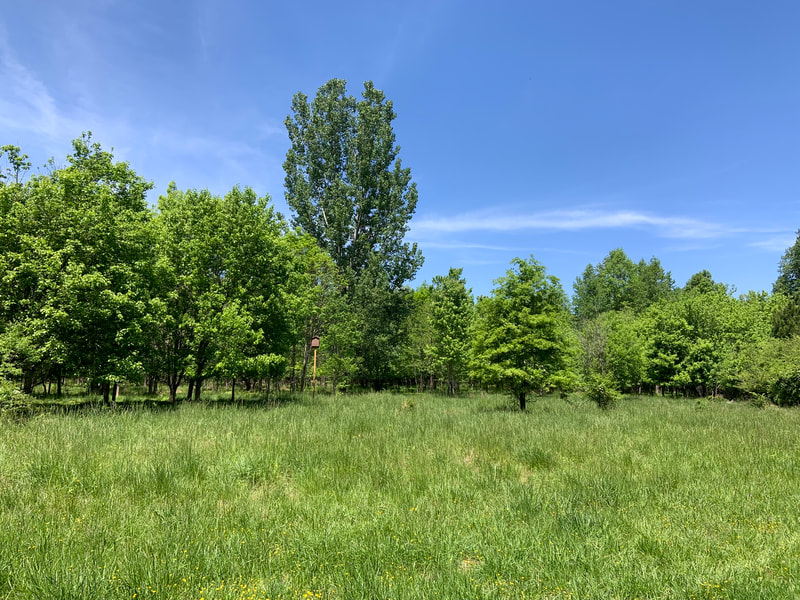
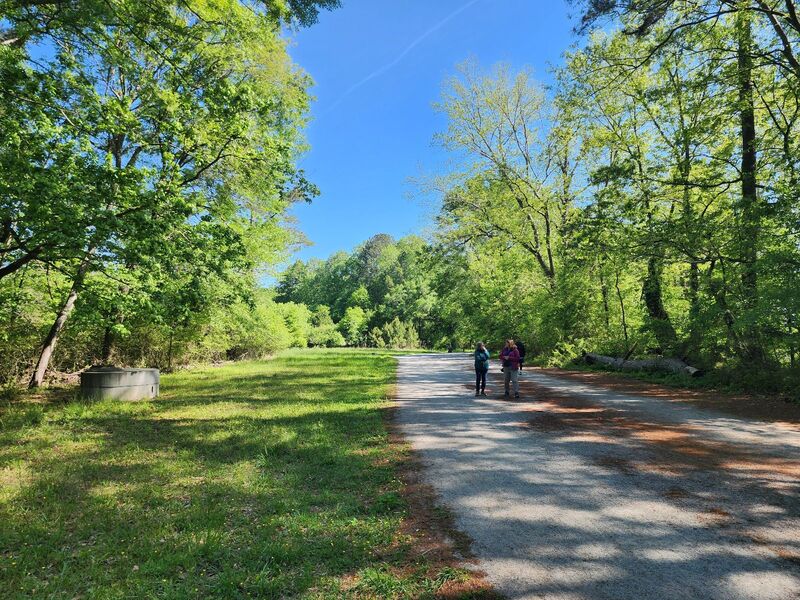
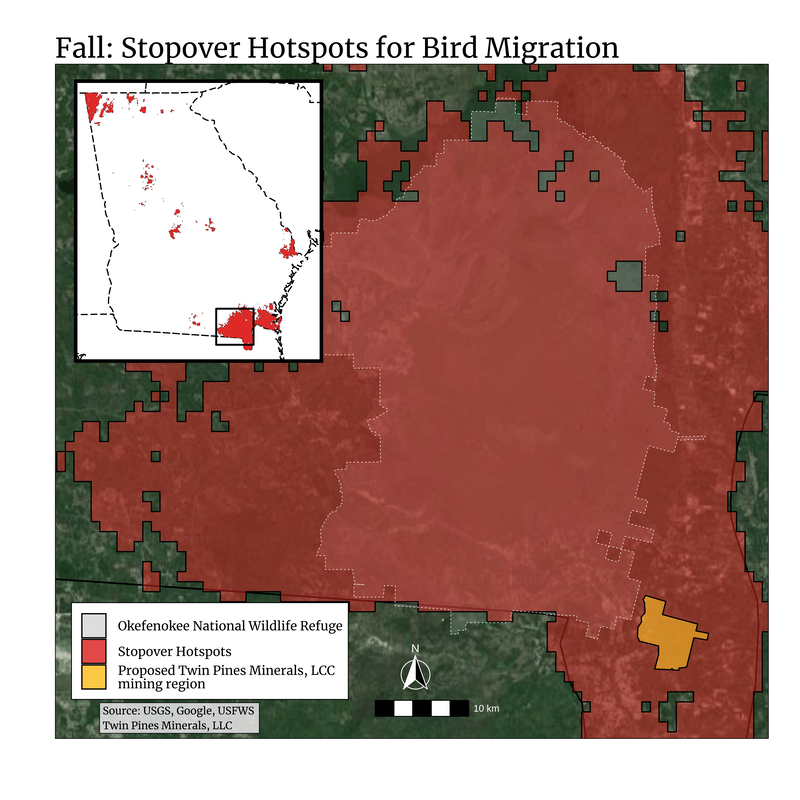
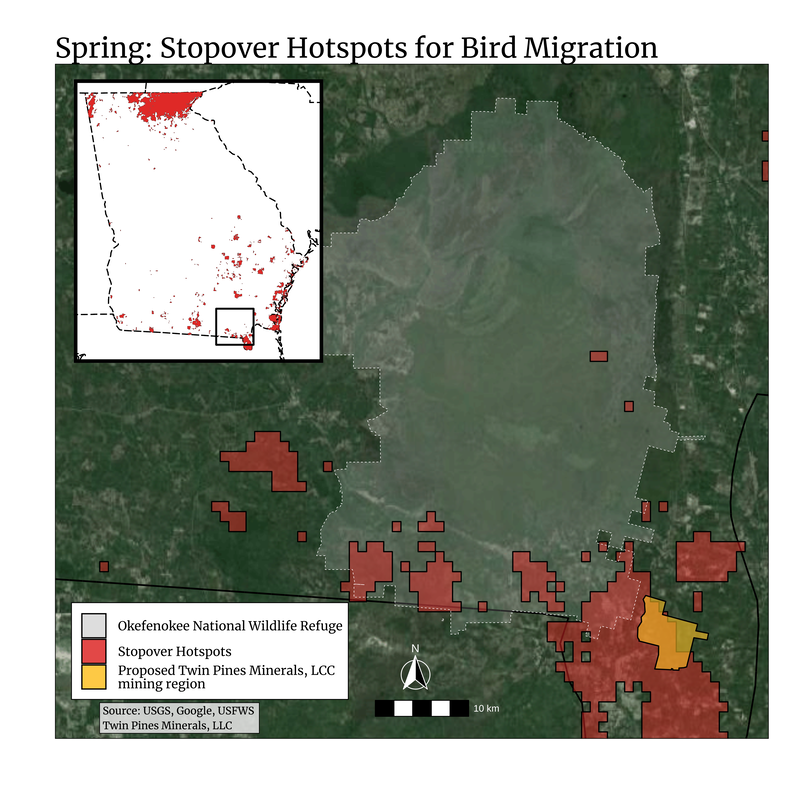
 RSS Feed
RSS Feed
